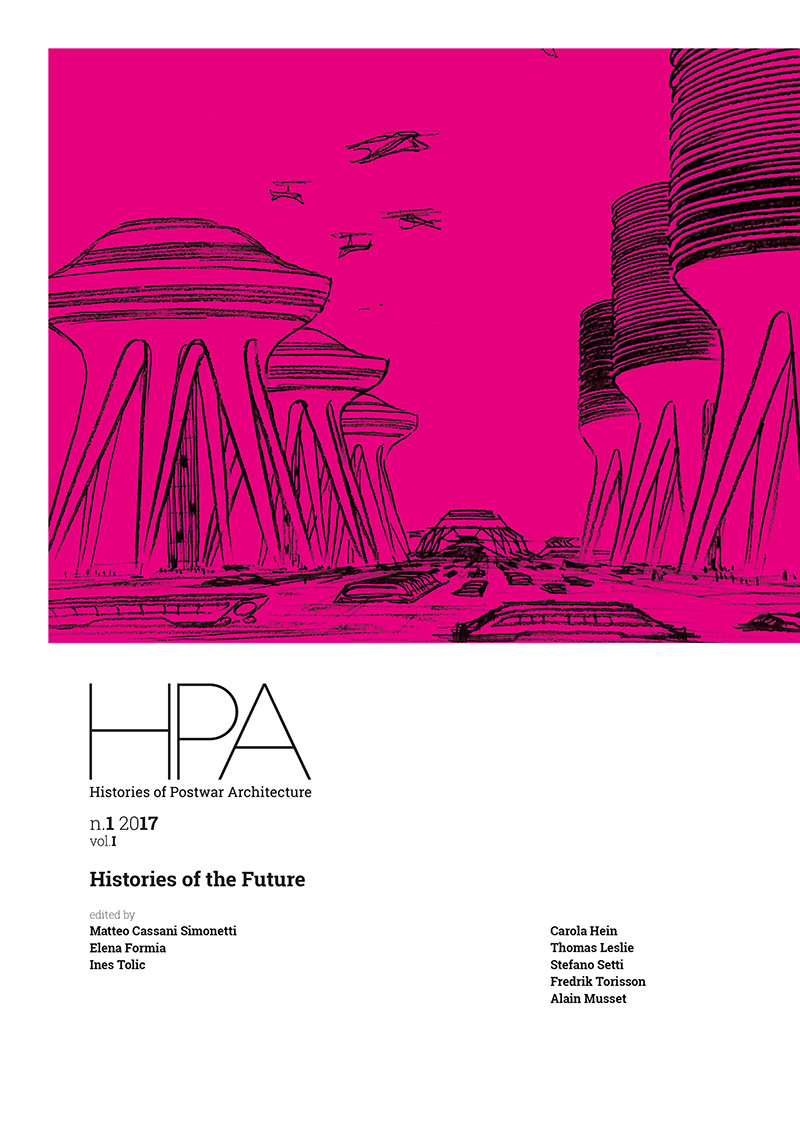The Urban Core in Japan (1930s-1950s): From Plans for the Colonies to the Mainland
DOI:
https://doi.org/10.6092/issn.2611-0075/7311Keywords:
Japan, postwar planning, the core of the city, Tange Kenzo, Nishiyama Uzo, Ishikawa HideakiAbstract
The question of how to design the core of the city was a key topic in postwar modernist architectural debates. The proposal by Tange Kenzo for a new urban center for atom-bombed Hiroshima has often been an iconic reference in these debates. His work, and that of other Japanese architects of the postwar period, was rooted in prewar Japanese debates on urban form—and the role of the core—in the mainland (notably in the capital Tokyo) and the colonies. This article contextualizes these debates through an investigation of prewar plans for Tokyo and the colonies and the war and post-war work of Nishiyama Uzō, a planner and theoretician who was a key figure in Japanese debates from the 1930s to the 1990s and who is largely unknown outside Japan. His careful exploration of foreign debates on metropolitan organization and the role of the center therein, his projects for the transformation of the city center of Kyoto, and his proposal for the Osaka 1970 World Expo are important contributions to the global debate on urban organization generally; they also exemplify the influence of Japanese designers on the concept of the urban core. The article more largely recontextualizes Tange’s project for the city center of Hiroshima in terms of Japanese planning history, its particular continuities and discontinuities.
Downloads
Downloads
Published
How to Cite
Issue
Section
License
Copyright (c) 2017 Carola Hein
The copyrights of all the texts on this journal belong to the respective authors without restrictions. Authors grant to the journal a non-exclusive right to publish their work.
This journal is licensed under a Creative Commons Attribution 4.0 International License (full legal code).
See also our Open Access Policy.






